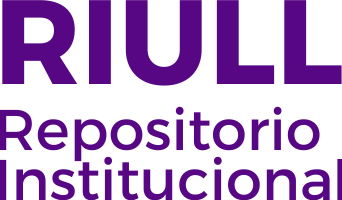Transition metal oxide nanohybrid materials: A review of their structures, properties, and applications
Fecha
2025Resumen
Recent advancements in nanotechnology and materials science have led to significant developments in functional
biocompatible nanohybrid materials. Traditional nanohybrid materials have been limited by poor light penetration depth, low selectivity towards malicious cells in photodynamic therapy (PDT), and the increasing prevalence of antibiotic-resistant bacteria and emerging viruses that seriously threaten public health. Typically, transition metal oxides (TMOs) have emerged as promising candidates for many biomedical applications because of their unique electronic structure, optical properties, and potential for surface modification. Particular attention is given to forming nanohybrid systems that combine TMOs with other functional components, resulting in enhanced biocompatibility and photochromic performance for biomedical and environmental applications. Current applications span from drug delivery systems and biosensors to tissue engineering scaffolds, demonstrating the versatility of these materials. This review analyses the critical aspects of biological interactions, including protein adsorption, the cellular response, and the generation of reactive oxygen species. The challenges and limitations in the field are addressed, particularly with respect to scalability, stability, and standardization of characterization methods. Future directions include the development of more sophisticated responsive systems and the integration of artificial intelligence in the design of these materials.




